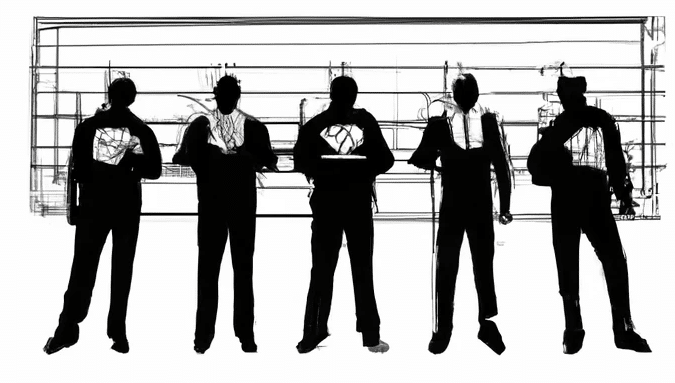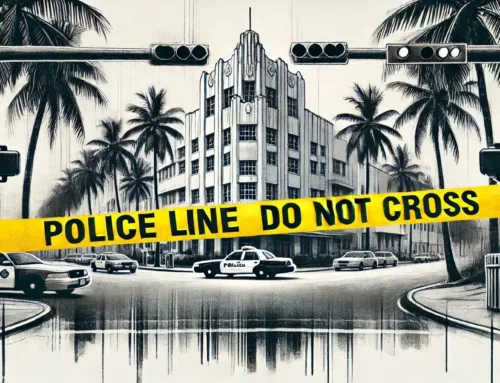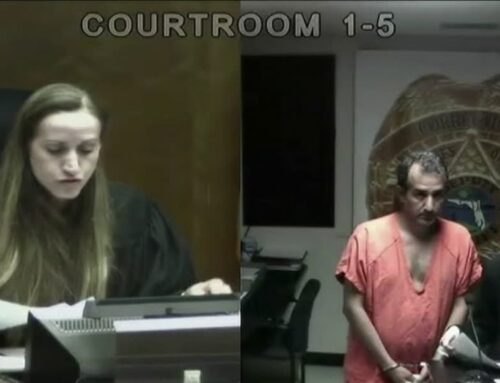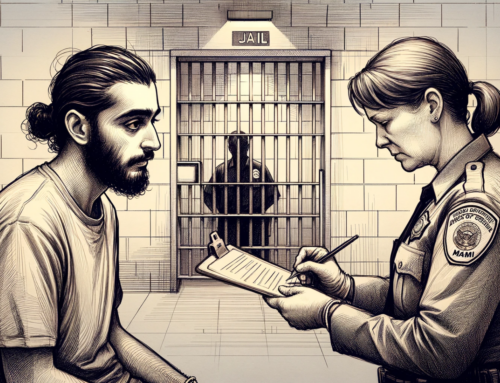Misidentification is a serious problem in the criminal justice system. Eyewitnesses are often the critical evidence in a criminal trial, but research has shown that their memories are not always accurate.
One of the most well-known examples of misidentification is the case of the Central Park Five. In 1989, five young men were convicted of raping a woman in Central Park. They were sentenced to prison, but DNA evidence later proved innocent. The actual perpetrator was identified through DNA testing, and the five men were exonerated.
The problem of misidentification is not limited to high-profile cases like the Central Park Five. Research has shown that eyewitness misidentification is a leading cause of wrongful convictions in the United States. In fact, according to the Innocence Project, over 70% of DNA exonerations involve eyewitness misidentification. Studies have found that eyewitnesses can be influenced by factors such as stress, lighting, weapon presence, and suggestive police procedures leading to misidentification. Additionally, research has shown that cross-racial identifications, or identifications made between individuals of different races (like those in the Central Park Five case), can be less reliable than same-race identifications.
How Can Stress Contribute to a Misidentification?
Stress can contribute to misidentification by causing a person to experience heightened anxiety and fear, making it more difficult to focus and pay attention to details. This can lead to a person being less likely to perceive and remember information about an event or perpetrator accurately.
Stress can also affect a person’s memory encoding and recall processes. Stress hormones such as cortisol can disrupt the consolidation of memories, making it more difficult to form accurate memories of an event.
Furthermore, stress can also cause a person to experience a phenomenon called “memory conformity,” which occurs when the memories of two or more people become influenced by each other. This can happen when a person is questioned about an event after it has occurred, and the person’s memory is influenced by the questions or information provided by the person doing the questioning.
Last, stress can also lead to a person experiencing what is known as “post-event misinformation effect,” which occurs when a person’s memory of an event is distorted or changed after the event by exposure to incorrect information.
How Can Lighting Contribute To A Misidentification?
Poor lighting conditions can contribute to eyewitness misidentification by making it difficult for a person to see or perceive details clearly, leading to inaccurate identification. For example, if a crime occurs at night in a poorly lit area, an eyewitness may have difficulty seeing the perpetrator’s face clearly, making it more likely that the identification will be inaccurate.
Lighting can also affect how colors and features appear, leading to confusion. For example, in low light conditions, colors may appear more muted or different than in natural light, leading to confusion about the perpetrator’s clothing or features.
Lighting also affects how shadows are cast, which can lead to confusion about the perpetrator’s size or shape. Shadows can make an object or person appear larger or smaller than they are, which can lead to confusion about the perpetrator’s height or build.
In addition, lighting may also affect how movement is perceived, leading to confusion about the perpetrator’s actions. Fast movements may appear blurred or distorted in low light conditions, making it more difficult to accurately describe the perpetrator’s actions.
How Can The Presence Of A Weapon Contribute To A Misidentification?
The presence of a weapon can contribute to misidentification by causing a person to experience heightened levels of stress and fear, making it more difficult to focus and pay attention to details. This can lead to a person being less likely to perceive and remember information about an event or perpetrator accurately.
Weapon presence can also cause a person to fixate on the weapon, leading to a failure to process other important information about the perpetrator, such as their face or clothing. This can make it more likely that identification will be inaccurate.
A weapon being present may create visual distractions, which can lead to confusion about the perpetrator’s appearance. For example, if a perpetrator is holding a weapon, it may be difficult to see their face clearly, making it more likely that the identification will be inaccurate. It may also affect how the perpetrator is perceived, for instance, as more dangerous, bigger, or taller, which can lead to an exaggeration of their physical characteristics.
Finally, the presence of a weapon can also affect how the event is perceived, for instance, as more violent, which can lead to an exaggeration of the perpetrator’s actions.
Suggestive Police Procedures and Misidentifications
Suggestive police procedures can contribute to misidentifications because they can influence the eyewitness’ memory of the event and create false memories. Suggestive police procedures can include:
- Leading questions: Police officers who ask leading questions during eyewitness interviews can influence the eyewitness’ memory of the event by suggesting what they want the eyewitness to remember. For example, if an officer asks, “Did you see the suspect with a knife in their hand?” this can plant the idea in the eyewitness’ mind and cause them to remember seeing a knife, even if it wasn’t present the time of the crime.
- Biased lineups or photo arrays: Lineups and photo arrays can be biased in many ways, such as having only one person who closely matches the eyewitness’s description or having the suspected person stand out in some way (e.g., being the only one wearing a certain color). These procedures can create pressure to identify someone and increase the likelihood of the eyewitness picking the person who matches the description, even if they are not the actual culprit.
- Repeated exposure: Repeated exposure to the same person can cause the eyewitness to become more confident in their memory, even if it is inaccurate. For example, if an eyewitness is shown a photo array multiple times and is told that the person they are looking for is in the array, they may become more confident in their identification, even if it is incorrect.
These procedures can create pressure to conform to what the eyewitness believes the police expect or want to hear, which can result in the eyewitness misidentifying the individual who committed the crime. Additionally, these types of procedures can cause the eyewitness to be more confident in their false identification, making it even harder to correct the mistake in the future.
Cross-Racial Identifications
Research has shown that cross-racial identifications, or identifications made between individuals of different races, can be less reliable than same-race identifications.
One reason is that people tend to be more familiar with and better able to recognize faces of their own race, a phenomenon known as the “own-race bias.” This can make it more difficult for individuals to identify individuals of other races accurately, and they may have more difficulty remembering and describing their features.
Additionally, studies have found that people are more likely to make errors when identifying members of other races and that they are more likely to identify innocent individuals of other races as perpetrators of a crime. This can be because individuals of other races may not be as familiar to a person causing their memory to be less accurate, or due to the bias that people may have towards certain races.
This does not mean that cross-racial identifications are always unreliable, but it does suggest that they should be viewed with more caution and skepticism.
Zealous Representation Is Necessary To Prevent Misidentifications
A defense attorney must thoroughly investigate the case and gather all relevant information, including the circumstances surrounding the identification, such as lighting, stress, and weapon presence. This information can challenge the accuracy of an identification and raise reasonable doubt about the perpetrator’s identity.
An experienced attorney will also be familiar with the latest research on eyewitness identification and be able to challenge the reliability of eyewitness testimony in court effectively. They can point out the limitations of memory and perception and the potential for contamination of eyewitness testimony through suggestive questioning or other methods. They will also be aware of the potential for bias and will work to identify and challenge any bias present in the identification process. For example, a defense attorney may challenge a lineup that includes only people of one race if the perpetrator is described as being of another race.
Additionally, the attorney must thoroughly interview and prepare any eyewitnesses who will testify for the defense. This can include having them view lineups and photo arrays and preparing them to testify about their memory and perception limitations, such as the impact of stress, lighting, and weapon presence.
Experienced Representation Matters
A competent and experienced criminal defense lawyer will thoroughly investigate eyewitness testimony. This may include conducting a lineup identification, interviewing the eyewitness, and consulting with experts in memory and perception. In the event of a trial, they will educate the jury about the potential for misidentification and the factors that can influence an eyewitness’s memory. If you or a loved one has been charged with a crime and an eyewitness is involved, it is essential to have a zealous criminal defense attorney who is experienced in identifying and fighting against misidentification. They will be a strong advocate for your rights and will work to ensure that the prosecution does not rely on unreliable or biased identification evidence to secure a conviction.







